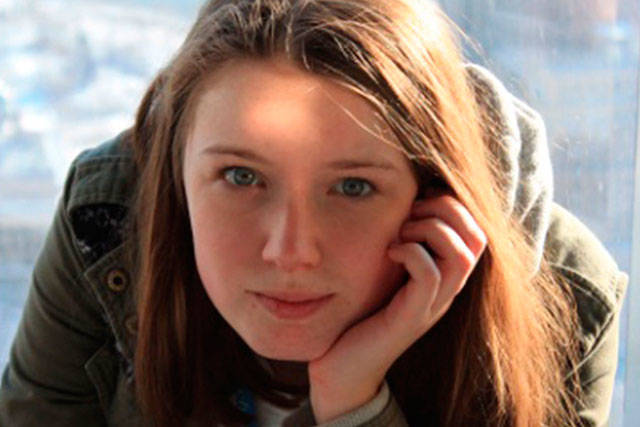On April 20, 10 or fewer McMurray Middle School students walked out of class and stood outside Minglement protesting gun violence.
“It was kinda cool actually,” said seventh-grader Cassie Paetkau upon reflection.
During the protest, a man came up to Cassie and thanked her for speaking out, even giving her a hug.
Students concluded that the walkout, however lacking in number, was worth it.
“It was an opportunity to protest, [and] I want to do the most possible,” said seventh-grader Maren MacLean.
Not only did the students make signs, but a group of them composed a letter to Washington State Rep. Pramila Jayapal and former Arizona Rep. Gabby Giffords. They wanted to know what they could do as students to combat gun violence.
In comparison, at Vashon High School, no walkout took place. I had planned on walking out up until 10 a.m., when I realized that I would be alone with one or two others. I now wish that I had joined the courageous middle schoolers.
I was underwhelmed when it came to the district — and particularly the student — response to the walkouts on March 14 and again on April 20.
As a remedy to the mass shooting at Marjory Stoneman Douglas High School in Parkland, Florida, students, families and teachers have been fighting for improvement in gun legislation.
A trio of nationwide protests was scheduled. There would be walkouts on March 14 — one month after the Parkland shooting, a March for Our Lives on March 24 and a walkout on April 20 — the anniversary of the Columbine massacre.
I became frustrated as the elephant in the room remained for weeks leading up to the March 14 and April 20 walkouts, and as little organization took place among students. Few teachers so much as mentioned the nationwide movement.
It is understood that teachers should not and legally cannot attempt to sway student opinions. However, respectful facilitation of conversation can be appropriate under such circumstances.
While this would have been a welcome step, the district administration decided to take a less supportive stance.
Once word got out of possible walkouts across the district, one response was released by the district leadership. The email, sent out by Superintendent Michael Soltman, discussed the expression of beliefs as an educational experience, but ended on this note:
“Although we support students’ First Amendment rights, we encourage students to remain in class: first because of safety; second because state law requires such absences to be unexcused.”
This statement “encouraging” students not to partake in the walkout was not only unnecessary but unrepresentative of the full district’s stance. According to a source, Soltman was the sole decider in the message given to families, teachers and students.
In comparison, Seattle Public Schools, which educates nearly 54,000 students, released this statement:
“We have been moved by the tremendous courage and activism of students across our country and in Seattle. …We must do all we can to prevent more lives from being lost to gun violence.”
Seattle schools leadership encouraged students to stay on campus during the walkout, and they clearly stated their anti-gun-violence stance and emphasized the importance of civic engagement.
I found it disheartening to see the absence of students walking out, particularly considering the many missing faces of those who wished to go but simply chose not to because of an unexcused absence.
While everybody has the right to prioritize as they see fit, and for some that absence may have been an unreasonable burden, it may be that by and large, we have the privilege of disregarding the true meaning of civil disobedience.
Civil disobedience means that you are standing up for something that you believe in, either in spite of certain rules and laws or by breaking rules and laws to draw attention to the subject. Consequences are typical, and they are what lend civil disobedience its power.
Since VHS students cannot play in a game or at practice with an unexcused absence, many opted out. Some simply cared more about sports or maintaining a perfect school record than they did about the walkout.
For others, it might have made the difference between a detention and an in-school suspension. Either way, it was a personal choice. However, in the future, I encourage students who can afford to obtain an unexcused absence to accept it and take pride in it.
— Sequoia Gregorich is a junior at Vashon High School and a member of The Riptide staff.



